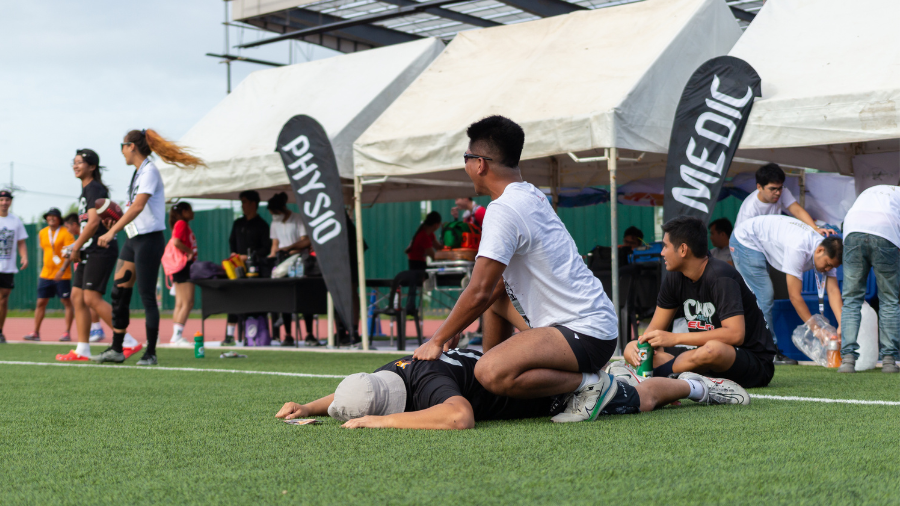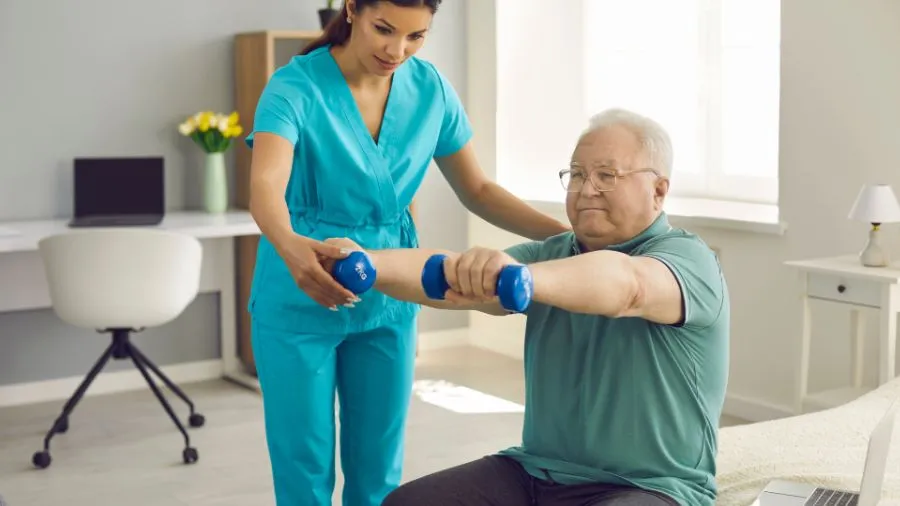Low back pain is one of the most common medical problems worldwide. It is estimated that 80% of adults will experience low back pain at some point in their lives. Low back pain can be caused by a variety of factors, including:
- Muscle strain
- Ligament sprain
- Arthritis
- Herniated disc
- Spinal stenosis
- Kidney Stones
- Infections
- Occupational hazards
Occupational Hazards
Occupational hazards are factors in the workplace that can increase the risk of developing low back pain. Some common occupational hazards for low back pain include:
- Heavy lifting
- Repetitive bending and twisting
- Sitting or standing for long periods of time
- Driving vehicles
- Vibration
Symptoms of Low Back Pain
The most common symptom of low back pain is pain in the lower back. The pain may be sharp, dull, or aching. It may be constant or come and go. Other symptoms of low back pain may include:
- Muscle stiffness
- Muscle spasms
- Limited range of motion
- Pain that radiates down the leg
- Numbness or tingling in the leg
Diagnosis of Low Back Pain
To diagnose low back pain, a doctor will typically ask about the patient’s medical history and symptoms. The doctor may also perform a physical exam. In some cases, the doctor may order imaging tests, such as an X-ray or MRI.
Treatment of Low Back Pain
Treatment for low back pain depends on the cause of the pain. In most cases, low back pain can be treated with self-care measures, such as rest, ice, and heat. Over-the-counter pain relievers may also be helpful.
If self-care measures are not effective, the doctor may recommend other treatments, such as:
- Physical therapy
- Chiropractic care
- Medication
- Injections
- Surgery
Related: What to Expect During Your First Physiotherapy Appointment
Prevention of Low Back Pain
There are a number of things that people can do to prevent low back pain, including:
- Maintaining a healthy weight
- Exercising regularly
- Practicing good posture
- Avoiding heavy lifting
- Using proper lifting techniques
- Taking breaks when sitting or standing for long periods of time
Conclusion
Low back pain is a common medical problem that can be caused by a variety of factors, including muscle strain, ligament sprain, arthritis, herniated disc, spinal stenosis, and occupational hazards. Symptoms of low back pain may include pain in the lower back, muscle stiffness, muscle spasms, limited range of motion, pain that radiates down the leg, and numbness or tingling in the leg.
Treatment for low back pain depends on the cause of the pain and may include self-care measures, physical therapy, chiropractic care, medication, injections, or surgery. People can prevent low back pain by maintaining a healthy weight, exercising regularly, practicing good posture, avoiding heavy lifting, using proper lifting techniques, and taking breaks when sitting or standing for long periods of time.




